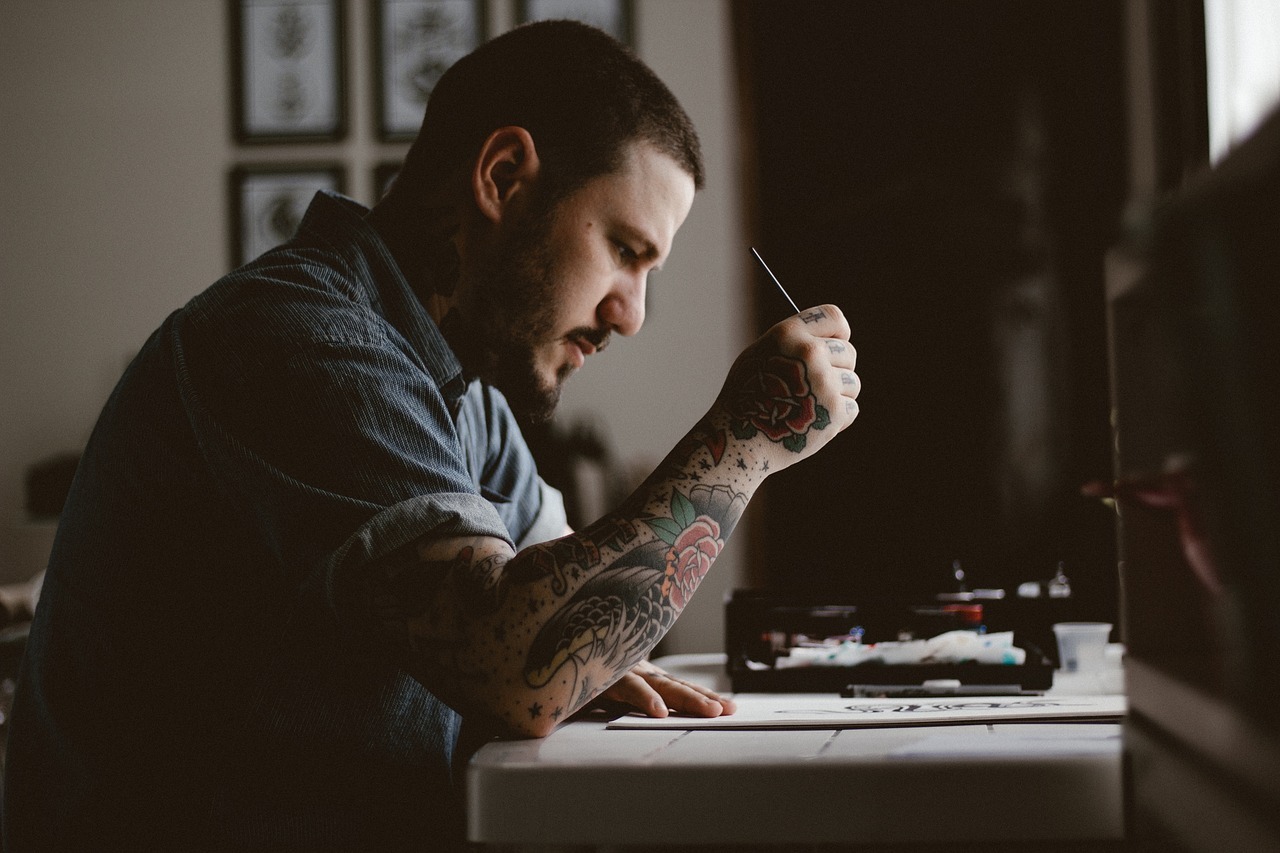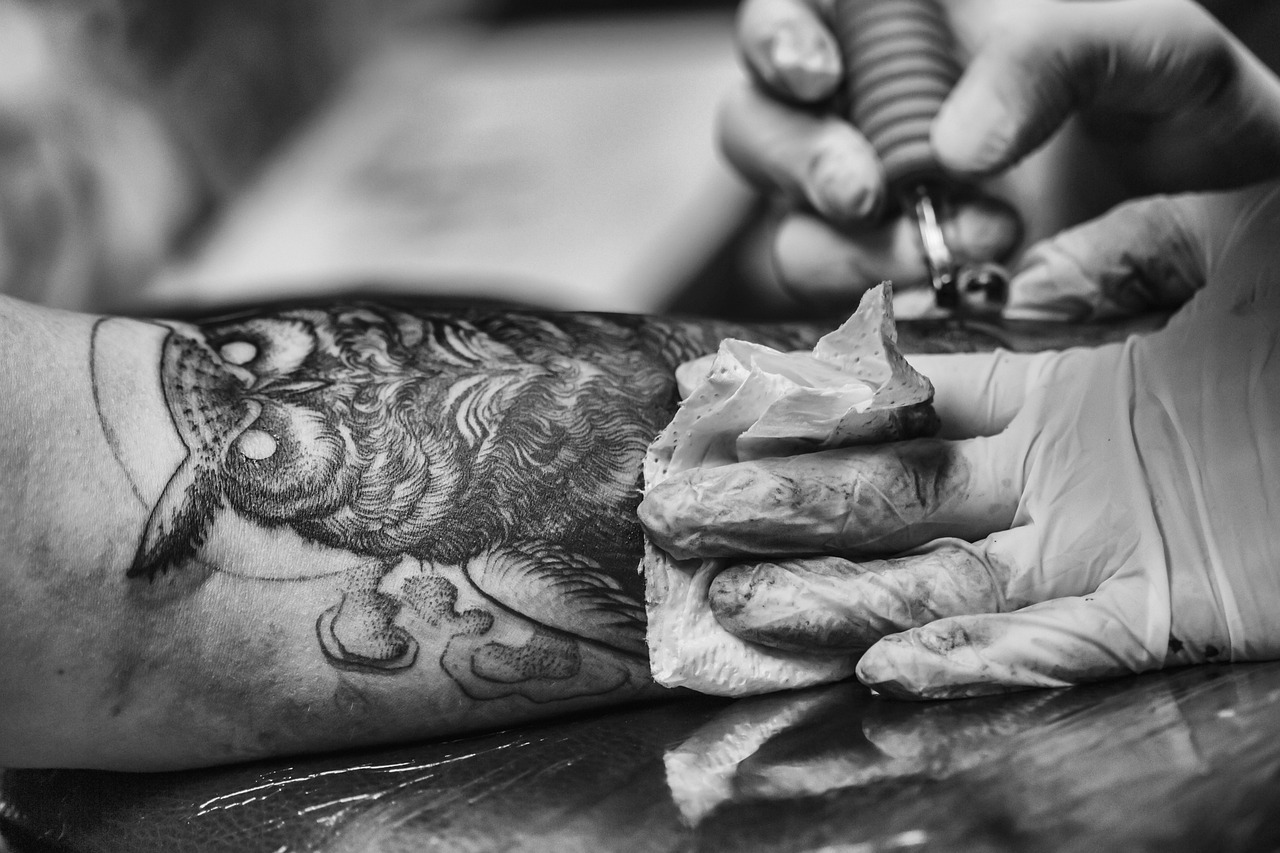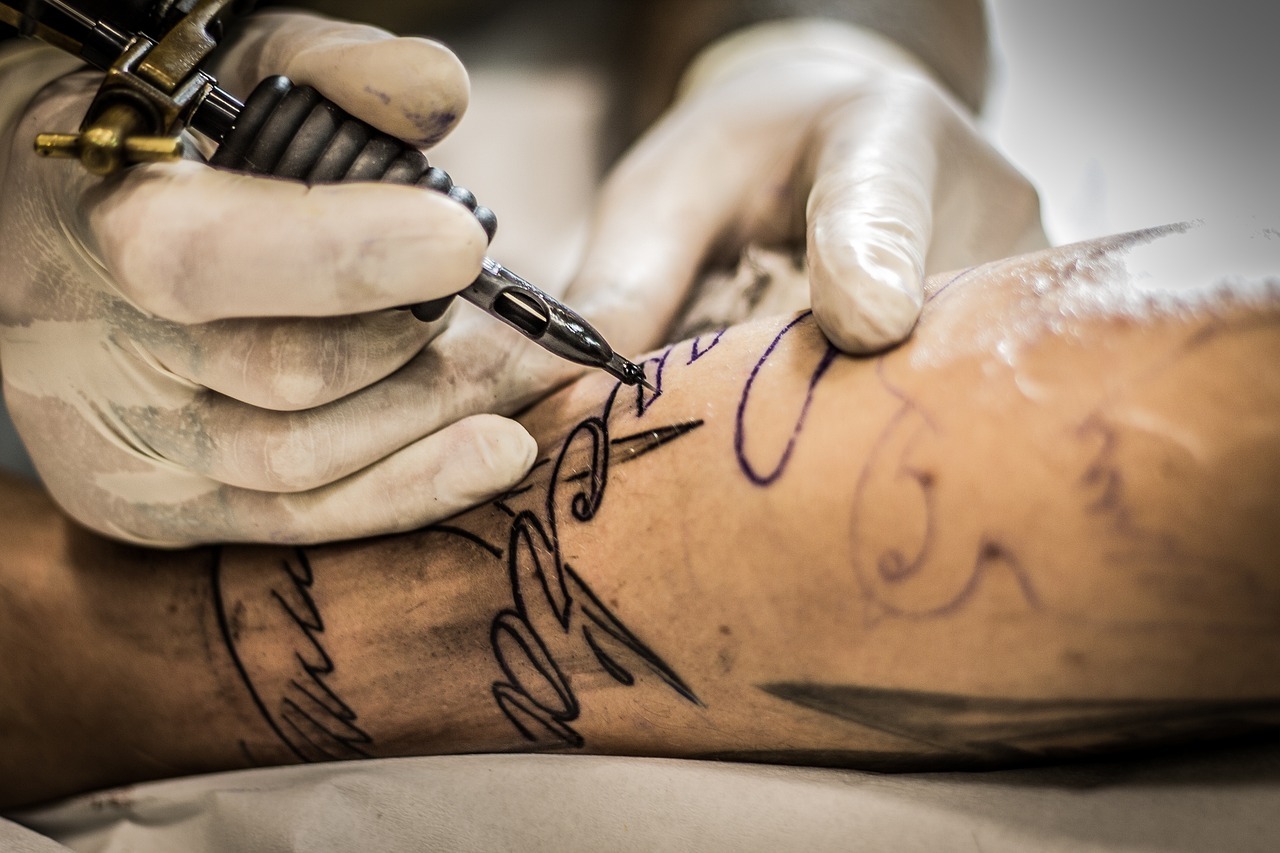Getting your first tattoo is a big deal. Whether you’re looking for a small symbol or a bold statement, your first tattoo is a significant experience that requires careful thought and planning. Many first-timers rush into it without fully considering the process, leading to regrets down the line. That’s why we’ve put together these essential tips.
1. Choose the Right Artist and Studio

Your choice of artist and studio can make or break your tattoo experience. The first step is to research local artists and studios with a reputation for professionalism, cleanliness, and quality work. Always look for licensed artists who adhere to safety standards, and visit studios in person to get a sense of their environment. Pay attention to the cleanliness of the space, the professionalism of the staff, and how comfortable you feel there. A studio should be spotless and well-organized, with visible certifications and a staff that takes hygiene seriously.
When selecting an artist, checking their tattoo portfolio is crucial. Different artists specialize in different styles—whether you’re drawn to detailed realism, bold traditional designs, or intricate fine line work, you want someone with proven expertise in that style. Don’t be swayed by low prices; quality work is worth the investment. Be wary of inconsistent line work, shaky shading, or portfolios filled with heavily edited photos—these are red flags.
Finally, read reviews and ask for recommendations. Platforms like Instagram and Google Reviews offer insight into an artist’s consistency and client satisfaction. Look for patterns in feedback; consistent praise for skill and professionalism is a green light, while repeated complaints about attitude or hygiene should be a dealbreaker.
2. Take Your Time When Deciding on a Design

A tattoo is a lifelong commitment, so choosing a design that resonates with you personally is critical. Think beyond the moment—ask yourself if the image or message will still hold meaning five, ten, or even twenty years down the road. Whether it’s a symbol of personal growth, a tribute to someone important, or a reflection of your beliefs, the design should be something you’ll feel connected to for life.
Collaboration with your artist is key to getting a design you’ll love. Discuss your ideas, ask for a custom sketch, and give yourself time to review the design before making a final decision. A good artist will help you refine your vision and ensure it translates well to skin.
3. Understand Placement and Pain Levels

Choosing the right placement for your tattoo isn’t just about aesthetics; it’s also about visibility, pain levels, and practicality. Highly visible areas like hands, fingers, and the neck may require careful consideration due to professional settings and the faster fading caused by frequent exposure. Tattoos on hands and feet also tend to blur more over time due to the skin’s unique texture and constant movement.
When it comes to pain, the location matters. Areas with thin skin and less muscle, like the ribs, spine, and feet, tend to be more painful. For a first tattoo, choosing a spot like the upper arm or thigh, where the skin is thicker and the pain is more manageable, is often a smart choice.
4. Prepare Your Body and Mind Before Your Appointment

Preparation can significantly impact your tattoo experience and outcome. Start by getting a good night’s sleep and eating a nutritious meal before your appointment. This helps ensure that you’re alert and your body has the energy needed to handle the session.
Dress comfortably and practically, choosing clothing that provides easy access to the tattoo area. Opt for garments that you don’t mind getting stained with ink, as this can occasionally happen.
Lastly, bring some form of entertainment, such as a downloaded TV show or music (and earbuds), especially if your session is lengthy. Having a snack or drink can also help maintain your energy and keep you comfortable throughout the process.
5. Know What to Expect During Aftercare

Following your tattoo session, proper aftercare is crucial for healing and preserving the quality of your tattoo. Adhere strictly to the aftercare instructions given by your artist, which typically include washing the tattoo with mild, unscented soap, moisturizing with fragrance-free lotion, and avoiding direct sun exposure.
During the healing process, expect peeling and itching as your skin recovers. Resist the urge to pick or scratch scabs, as this can affect the final appearance of your tattoo. Proper aftercare will help maintain the tattoo’s quality and longevity.
Wrapping Up
Choosing your first tattoo is an exciting step, and being well-prepared makes the process smoother and more enjoyable. We’ve covered the importance of selecting the right artist and studio, taking your time with the design, understanding tattoo placement and pain levels, preparing your body and mind before the appointment, and knowing what to expect during aftercare.
Thorough research, careful planning, and proper preparation are key to a successful tattoo experience. Armed with these expert tips, you can confidently move forward with your tattoo journey, ensuring a positive and lasting result.
Hey welcome to my blog . I am a modern women who love to share any tips on lifestyle, health, travel. Hope you join me in this journey!

Speak Your Mind